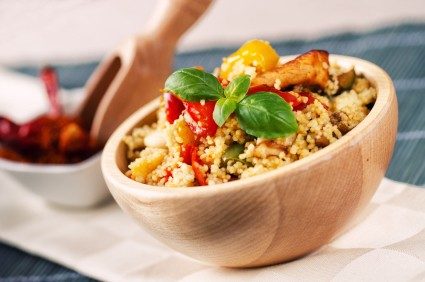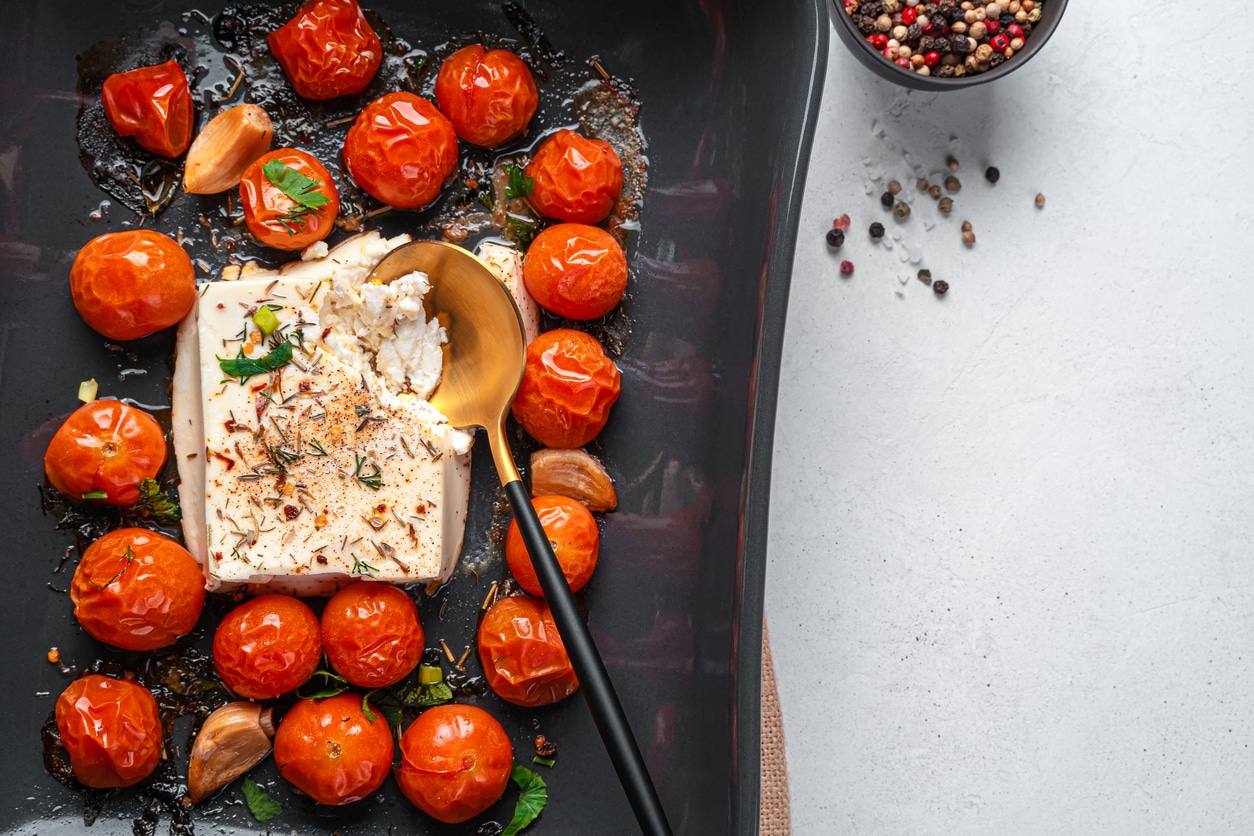As a culinary nutritionist, I get plenty of “what are you making for dinner tonight?” from friends, family and clients. I cook, a lot, because making and eating my own food matters to me, much more than ordering takeout or eating something processed and packaged.
Of course there are times when I am just not in the mood to cook. But, I’ll let you in on a little secret. A key part of my strategy involves planning. I have three grown kids with three very different schedules and a husband who is always training for something and likes to eat. Yet, before the planning can even begin, here is what I do to make sure almost every meal is in healthy harmony. My mantra is balance and I make sure my meals strive for a complement of fiber from vegetables and whole grains, lean protein and high quality fats. With this strategy I often don’t need a lot of recipes to refer to and I am on my way to a satisfying, nourishing meal.
Necessary Parts of Your Plate
Picture a dinner plate. Now, take that plate and cut it in half. One half of your plate should be all vegetables (preferably in season) and/or a mix of vegetables and fruit. Why? Vegetables and fruits and the powerhouse building blocks of good nutrition. Good nutrition means great energy, effortless weight loss, and good health. Do not skimp here. Fiber is filling, it keeps you fuller longer so you eat less calories in the long run. Fiber is also necessary for good digestion and a whole host of other health reasons. They all count.
All Things Fruit and Veggies. For me, a meal is not a meal unless there is a heavy dose of vegetables. Fill up half of your plate with vegetables, preferably in season. In fall and winter vibrant orange winter squashes predominate or dark leafy greens such as kale or collard greens take center stage. Fruits include citrus, apples and pears. In the spring and summer get to a farmer’s market for tomatoes, corn, eggplant, watermelon and peppers. The list goes on. Think about what you love and add those in.
Cut the Half in Half
Take the second half of that plate and cut it half again. On one quarter of the plate goes protein and the other whole grains.
Add Lean Proteins. Chicken breast, tofu, salmon, chickpeas. Lean and plant based proteins also keep you fuller longer so you eat less. Protein help build and repair muscles. Good, healthy proteins to round out our meals but not as much as we think. About 1/4 of a plate.
Not Just Grains, But Whole Grains. Grains get a really bad rap, but grains are proven to be very beneficial for brain health, heart disease and longevity. The operative word is “whole”, the grains that have all their nutrition and fiber intact. Some whole grains I love are brown rice, quinoa, oatmeal or farro.
Don’t Forget The Fat. Remember when fat used to get a bad rap as the evil cousin of the food world? Well, times have changed. We food experts have always known that fat not only makes food taste better, it also helps to fill you up, slows digestion, and is a must for brain and heart function. Focus on vegetables fats: diced avocado, extra virgin olive oil, walnuts, chia seeds.
You Eat Food, Not Nutrients
Now the fun part. While knowing the parts of the plate is good to know, knowing how to make that healthy food taste great is even more important. We eat delicious food, not just protein, carbs and fat. Think ethnic dishes and seasonal foods.
Get Creative. When preparing your meals, add in some extras such as chopped fresh herbs, warming spices or a homemade vinaigrette. Give your meal some spark and you have everything for a well rounded, perfectly balance meal!
Ready to learn more about healthy eating, cooking and meal planning? Let’s Talk! Click HERE for a free Ditch the Diet, Lose the Weight Discovery Session.




